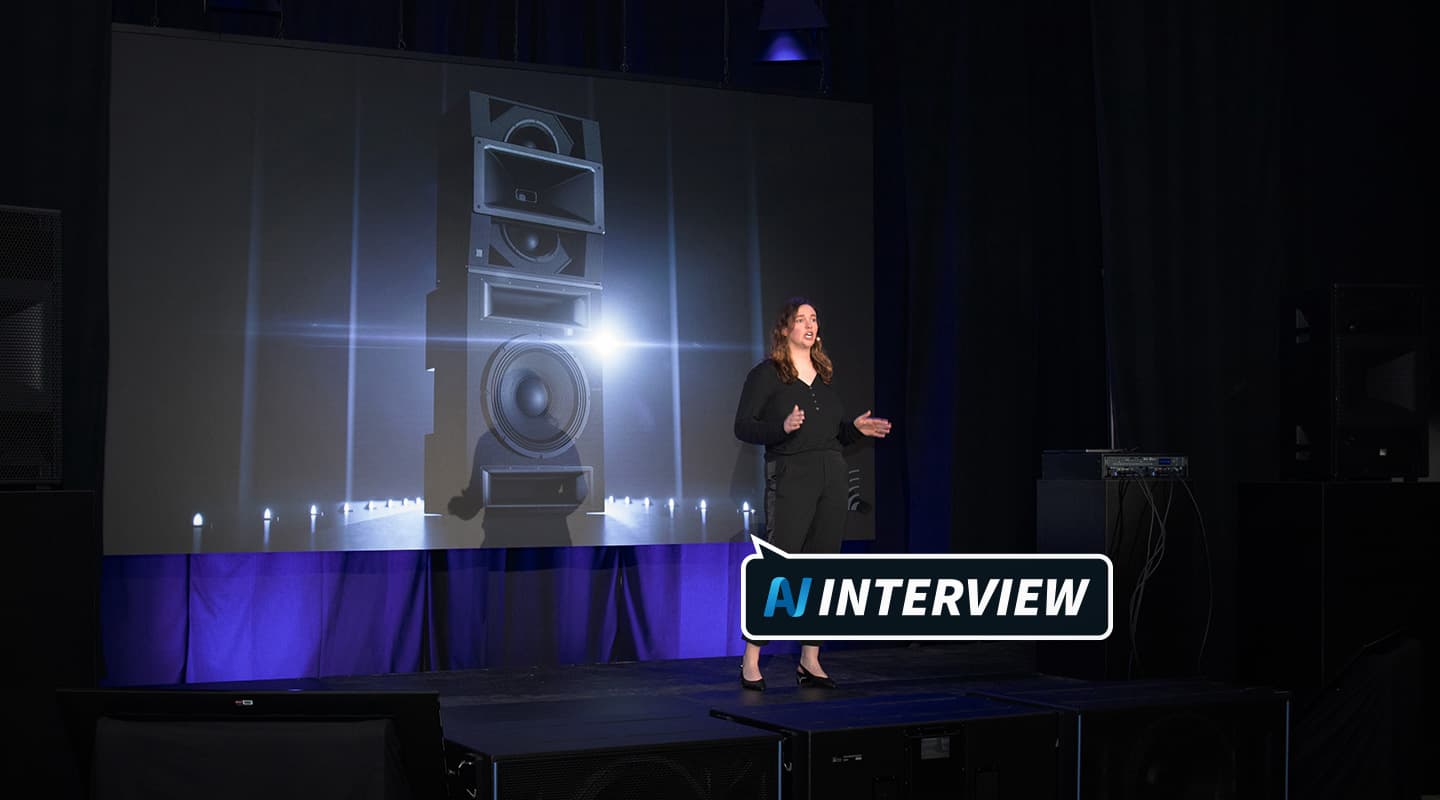
Meyer Sound Introduces GEN-1 Technology
We talk to Meyer Sound’s Senior Engineering Director, Loudspeaker Development, Katharine Murphy Khulusi regarding Galileo Extended Networking.
Interview:/ Christopher Holder
Meyer Sound’s new Astrya-140 screen channel loudspeaker now incorporates Galileo Extended Networking – GEN-1, the next step in Meyer Sound’s digital signal flow. The new input module, first presented at InfoComm Show 2025, delivers Galileo processing, redundant Milan connectivity, telemetry, and AES67 compatibility.
We discuss the new technology with Meyer Sound’s Senior Engineering Director, Loudspeaker Development, Katharine Murphy Khulusi.
AV.technology: It feels like we’ve gone from 40-odd years of analogue, to Meyer Sound leading the charge with Milan, and now with GEN-1 you’re opening up connections to an even greater slice of the market. Can you talk us through that?
KM: Yes, we’re introducing GEN-1, which stands for Galileo Extended Network, and it also supports AES67. What we really want to do is give both existing users and potential customers as many options as possible. We don’t want to be a company that says, “It’s our way or the highway.” We want to ensure our products are accessible to different types of people and different types of projects.
Everyone has their own trusted ways of working, and while those methods may differ, they work. At this show in particular, we really want to demonstrate how GEN-1 can sit across analogue, Milan, and AES67. The idea is: the more speakers we can integrate with this platform, the more flexibility we give the user. If you like how it sounds, you can put it wherever you need – it’s just another tool in your toolkit.
AV: What’s the sweet spot for AES67 when connecting to loudspeakers equipped with the GEN-1 module?
KM: We think GEN-1 will be especially useful in installation projects. The first post-ASTRYA products we’re looking at for GEN-1 integration include the ULTRA-X40, ULTRA-X42, and USW-210P sub. These are speakers that have been around for a while – they’re incredibly versatile, come with loads of rigging accessories, and sound fantastic. They’re powerful enough that you don’t need many of them in a room, whether it’s in a theme park, an escape room, or anywhere else you can rig them.
We’re hoping that GEN-1 will help more people adopt these loudspeakers. For example, we’ve had customers say, “We were planning on using Meyer Sound speakers, but we couldn’t, because of the connection requirements – we just couldn’t retrofit the building to suit.” But if we provide something that accepts AES67, they’re on board, because they love the sound. So we’re really aiming to hit that installation sweet spot – where the infrastructure already exists, but it previously didn’t support our speakers.
AV: GEN-1 has DSP onboard – a generous amount, in fact. But in most install projects, there’s typically a powerful DSP server already in the rack room. Why would I want to put the DSP load on the speaker instead of using the DSPs I’ve already paid for?
KM: Because it’s easier, and it’s more reliable. One of the key philosophies behind GEN-1, which goes right back to some of John Meyer’s core principles, is simplicity. If you can take something out of the box, plug it in, and within a few connections – literally two cables – you can have analogue, Milan or AES67, that’s a win.
The simpler you make a system, the more reliable it becomes. Every single connection you add is a potential point of failure – every cable, every termination. With GEN-1, you can plug it in just as you would a current speaker and immediately get the added DSP functionality. It’s faster, easier, and more robust.
AV: Does GEN-1 foreshadow a John Meyer-inspired master plan – a more integrated Meyer Sound ecosystem, where your various software platforms start to merge into one cohesive whole?
KM: All I’ll say is: we want to make our products as easy to use as possible. We know how exhausting it can be across the industry – you have to download this, then that, have five different tabs open, use one computer for one piece of software, then switch to another because it’s not Mac-compatible… it’s a lot.
So every step forward we take is about moving toward a more cohesive, simplified, easy-to-use ecosystem.
Meyer Sound: meyersound.com


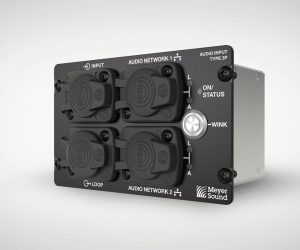
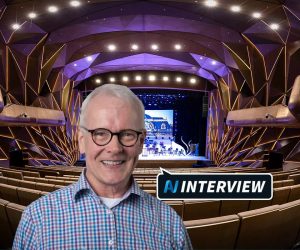
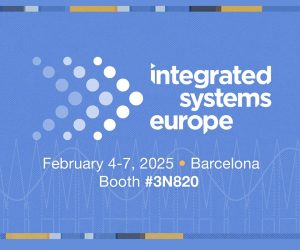
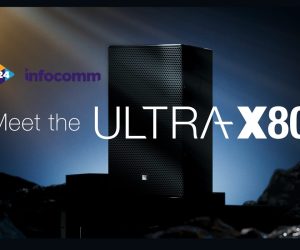




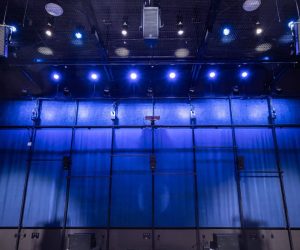


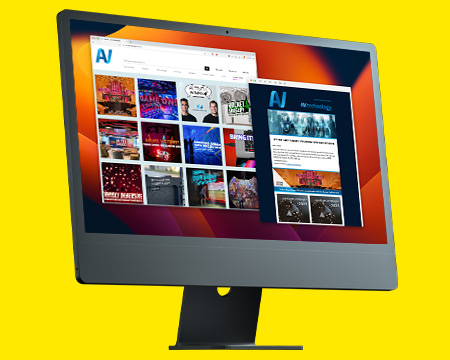

RESPONSES